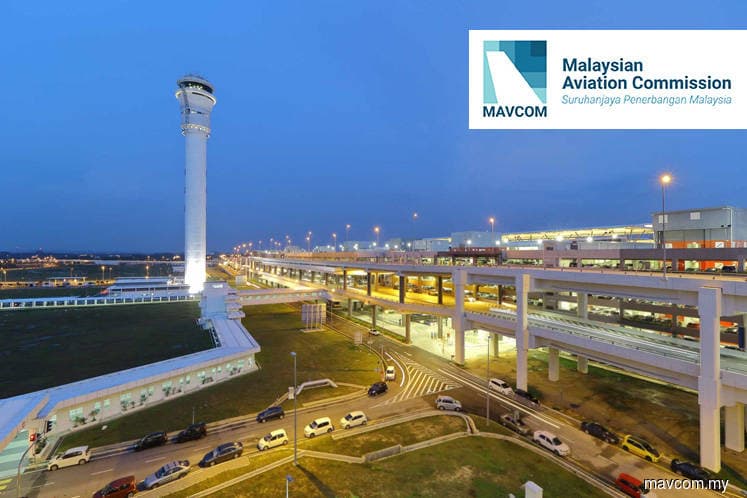
KUALA LUMPUR (May 15): Malaysia’s passenger traffic is expected to grow by 2.9%-4.1% to between 105.5 million and 106.7 million this year, says the Malaysian Aviation Commission (Mavcom).
The aviation regulator said the moderate growth forecast is on the back of greater uncertainty ahead, as global and local economic growth are expected to slow marginally.
“For 2019, we expect to see downward pressure on yields and therefore, similar downward pressure on revenues for Malaysian carriers, as seat capacity growth is expected to surpass passenger traffic growth," said its executive chairman Dr Nungsari Ahmad Radhi in the commission's fourth edition of its bi-annual industry report titled "Waypoint" today.
He added that lower jet fuel prices this year can bring some respite to any financial pressures faced by the carriers.
“The commission is monitoring domestic demand growth capacity closely, in light of the expected increase in seat capacity, as that will have a significant bearing on the financial health of Malaysian carriers. International traffic growth depends on many other factors, but we would like to see better numbers for Asean traffic,” Nungsari noted.
Last year, Malaysia recorded 102.5 million passengers, up 2.7% from 99.8 million in 2017, primarily driven by international traffic that grew by 5.5% year-on-year.
Mavcom blamed the weaker passenger traffic growth on slower gross domestic product growth of 4.7%, from 5.9% in 2017, and lower seats capacity growth by both Malaysian and foreign carriers of 6.4% and 4.5%, compared with 8.6% and 15.6% in 2017 respectively.
Average revenue per available seat kilometre (RASK) for 2018, meanwhile, was marginally higher at 16.3 sen, as average international fares fell 2.4% to RM486, while average domestic fares remain unchanged at RM221.
Average cost per available seat kilometre (CASK) inched upwards by 5.1% to 17.8 sen. This was achieved against a backdrop of a 28.8% increase in global jet fuel prices during the same period.
Average load factor in 2018 dropped slightly to 81.8%, despite tempered capacity expansion of 3.2% and flat RASK growth, signalling weak demand, Mavcom said.